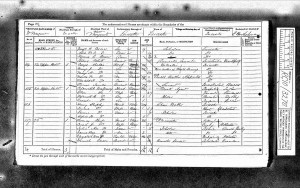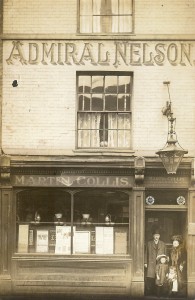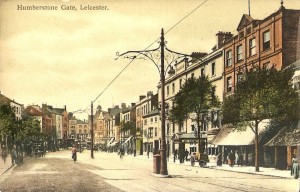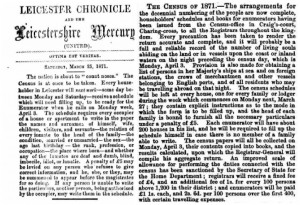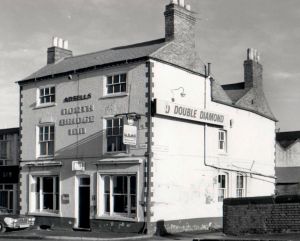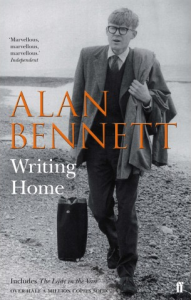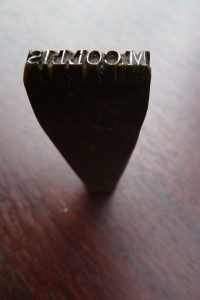As Martin Collis lays in the back bedroom – shared with older brother Henry – he can hear the chatter from the tap-room below. The Spinney Hill Tavern is lively this Friday night with wage packet drinkers.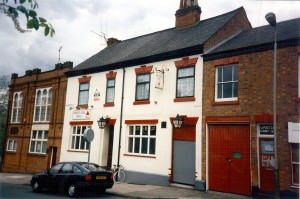
The pub sits on the eastern side of Upper Kent Street, sandwiched between Garendon and Berners Streets. Stand on the front step and the view slopes away towards the railway goods sheds and workhouse. Martin climbs this hill every evening, weary after labouring as a pattern maker’s apprentice.
These solidly built, red-brick terraces are home to hosiers and mantle makers, clerks and railway porters. Martin is on nodding terms with builder Reuben Beaver at No 12. And next door neighbour Henry Shipley – a chair maker – comes in for a pint most evenings. A couple of doors along, the Rev Thomas Kent preaches with fire-and-brimstone zeal against the evils of alcohol.
Life hasn’t been the same since his mother died six months ago; they’re slowly adjusting to life without her. His sister Mary Ann now manages the domestic arrangements, and they’ve taken on a servant – Thomas James – to help in the bar. Yesterday, as he returned from work, he spotted his father George in the front bedroom, surveying the sunset to the tick-tock of the oak case clock.
Take a look at other examples of ‘Census’ articles and suggestions for writing one yourself.
